Our Friends in the North
There is a great deal of dross on British TV and you need to remind yourself every so often that there is a long history of great dramas which were made in Britain and broadcast on British TV, from Cracker to Prime Suspect, from GBH to Jake's Progress. There are also more contemporary historical dramas such as Cranford, Pride and Prejudice and Bleak House. According to a list in the Guardian, the finest British TV drama was Brideshead Revisited which only came second to The Sopranos in the list of the top 50 greatest television dramas and, at number three, was Our Friends in the North.
Broadcast over nine weeks in 1996, Our Friends in the North was, according to the tagline, about ' Three decades, four friends and the world that shaped their lives', beginning in 1964 and ending in 1995. At that time, the biggest name was Christopher Ecclestone who was fresh from his success in Danny Boyle's Shallow Grave but there was a small matter of the other three up-and-coming British actors: Daniel Craig, Mark Strong and Gina McKee. Ecclestone plays Dominic 'Nicky' Hutchinson who grows up with his best friend George 'Geordie' Peacock and, when he gets older, falls in love with a local girl called Mary who eventually falls for, and marries, one of their associates Tosker.
The series begins with Nicky returning from the Southern states in the US where he has been helping out and joining the protests for civil rights and preparing to return to university in Manchester. Having a belated birthday, he is presented with a Fender bass guitar by Geordie who wants them to join Tosker and form a band, with Tosker's dad on drums. Initially keen, Nicky decides that this really isn't the life for him and, partly to rebel against his father, an embittered former member of the Labour Party who is convinced that nothing will ever be changed because of the failure of the Jarrow March, agrees to become an assistant to a local politician who wants to solve the housing crisis by building high-rise apartment blocks.
Over the three decades, the filmmakers tackle corporate and political corruption in the 1960s, the rise and fall of the porn empires in the 1970s, the nouveau riche in the 1980s and the rise of New Labour in the 1990s. With each episode running at 70 minutes, there is plenty of scope not only for character development but for an extremely ambitious narrative arc with each of the main characters' experiences with politics, business, marital breakdown and law and order working as a beautiful piece of social commentary on Britain at that particular time.
I watched this over three nights and, although the entire series is well over 10 hours long, there isn't a single moment that felt slow, underwritten or poorly developed as it is extremely well scripted and beautifully directed with extraordinary performances by the four leads and, with the likes of Malcolm McDowell, Peter Vaughan and David Bradley in the supporting cast, it is an ensemble to be reckoned with where no role is miscast and no actor is less than magnificent.
If there was one slight grumble then the ageing isn't quite as convincing as it could be, with Gina McKee looking a little older by the end, but not 30 years older. The other actors do look slightly more convincing with Christopher Ecclestone's facial hair changing throughout the series from being clean-shaven to growing a moustache (which becomes slightly more of the 'handlebar' variety) to a full beard which becomes increasingly trimmed and grey as the years go on whilst Tosker begins thinning on top and Geordie just becomes a physical wreck with absolutely terrible skin and teeth.
I won't go into every aspect of the show, just to avoid spoiling it for those of you who, like me, didn't see it when it was broadcast in 1996. Needless to say, it is an absolutely phenomenal piece of television and one that is absolutely gripping and engrossing throughout with the final scene of the Tyne Bridge with Oasis ' Don't Look Back in Anger playing far more emotional than it has any right to be.
The Disc
The Picture
Image quality is fairly good something now 14 years old and it is extremely good news that the aspect ratio of 1.33:1 has been maintained rather than some botched attempt to crop it in order to fill the widescreen TVs. Although the picture quality is a little soft and with some fine grain, this is to be expected from something of that age that was made for TV.
In terms of locations, this is a very ambitious project with scenes shot up and down England and, although a great deal is (as you'd expect), shot in Newcastle, there are plenty of scenes that are shot in London, especially Soho for those scenes in the '80s which show the explosion in the porn industry and the myriad peep shows, sex shops and massage parlours.
Helping to emphasise the time and sociopolitical context, the series has a tremendous range of television footage showing various new stories and political developments which are reinforced by newspapers from the time announcing such things as the three-day week, elections and conference speeches. The re-creation of the House of Commons is extremely well done so that the politicians can have similar debates to those that were really taking place in Parliament at the time.
The Sound
Just as broadcast, the soundtrack is a Dolby Digital 2.0 stereo one which does a great job with the dialogue, score and sourced music. This isn't a TV show that has a great deal of scenes where the surround speakers would come into play so stereo is really all you need. In case you're a little bit lost by the Geordie accent, there are English HoH subtitles available which are well written, clear and error free.
Although each episode begins with a caption tell you which year it is, the sense of authenticity wouldn't be there without the appropriate music and the show begins with The Animals' House of the Rising Sun, Bob Dylan's The Times They Are a-Changin' and You Really Got Me by The Kinks to perfectly put you in the time and place. This continues throughout the years with music from the likes of whom, John Lennon, Elton John, The Clash, The Smiths and finally Pulp and Oasis for 1995.
Final Thoughts
Our Friends in the North is a brilliant piece of television and, although it was previously released in 2002, a re-release is more than welcome if you didn't buy the first time around. It is slightly disappointing that there aren't any commentaries by the writers or directors but it is perfectly understandable that the principal cast members are far too busy to provide a retrospective interview or commentary.
This is really one occasion where I don't mind the lack of extra features as it is such a extraordinary piece of television that it is just worth watching for the content alone and only bonus features would be, as the name suggests, a bonus. I can't recommend this highly enough as it really is one of the greatest television series ever made.
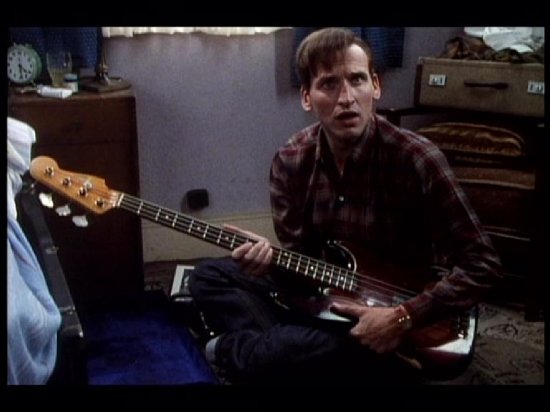
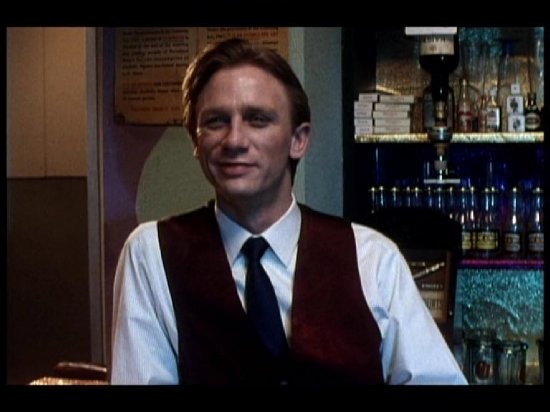
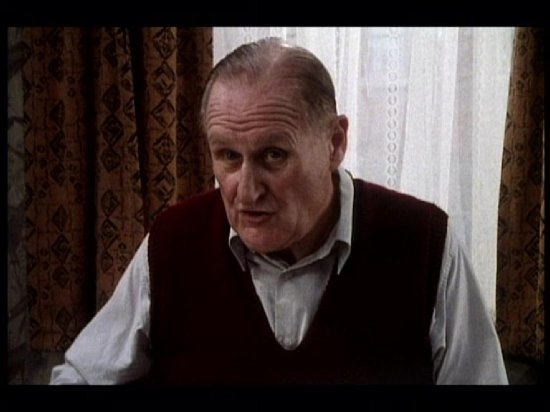
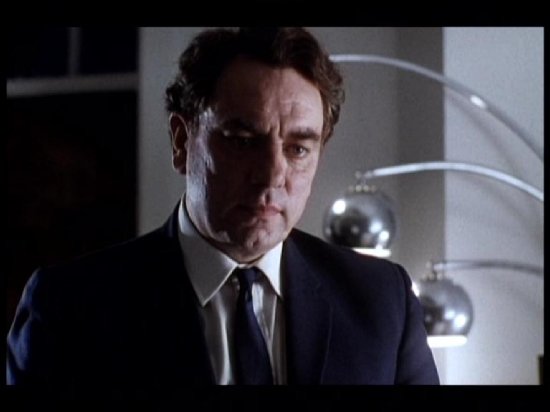
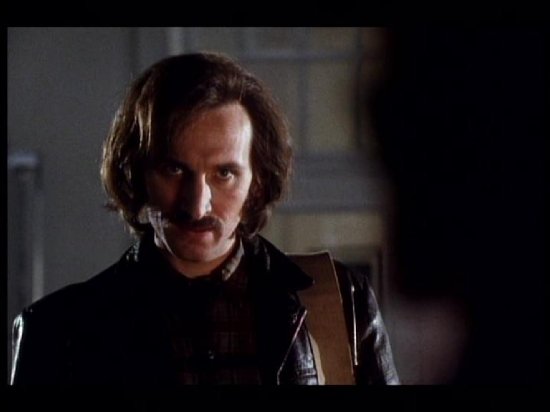
Your Opinions and Comments
Be the first to post a comment!